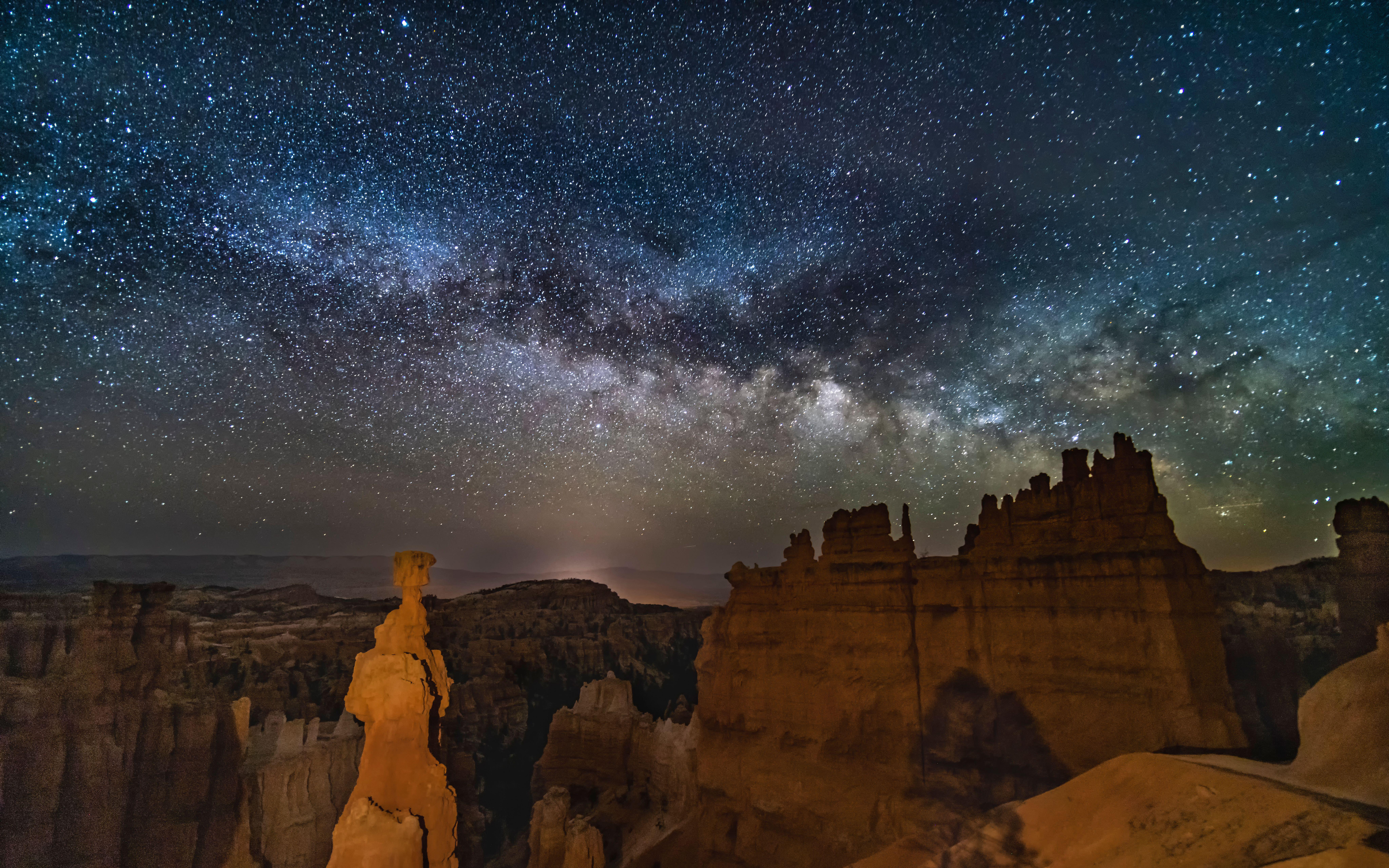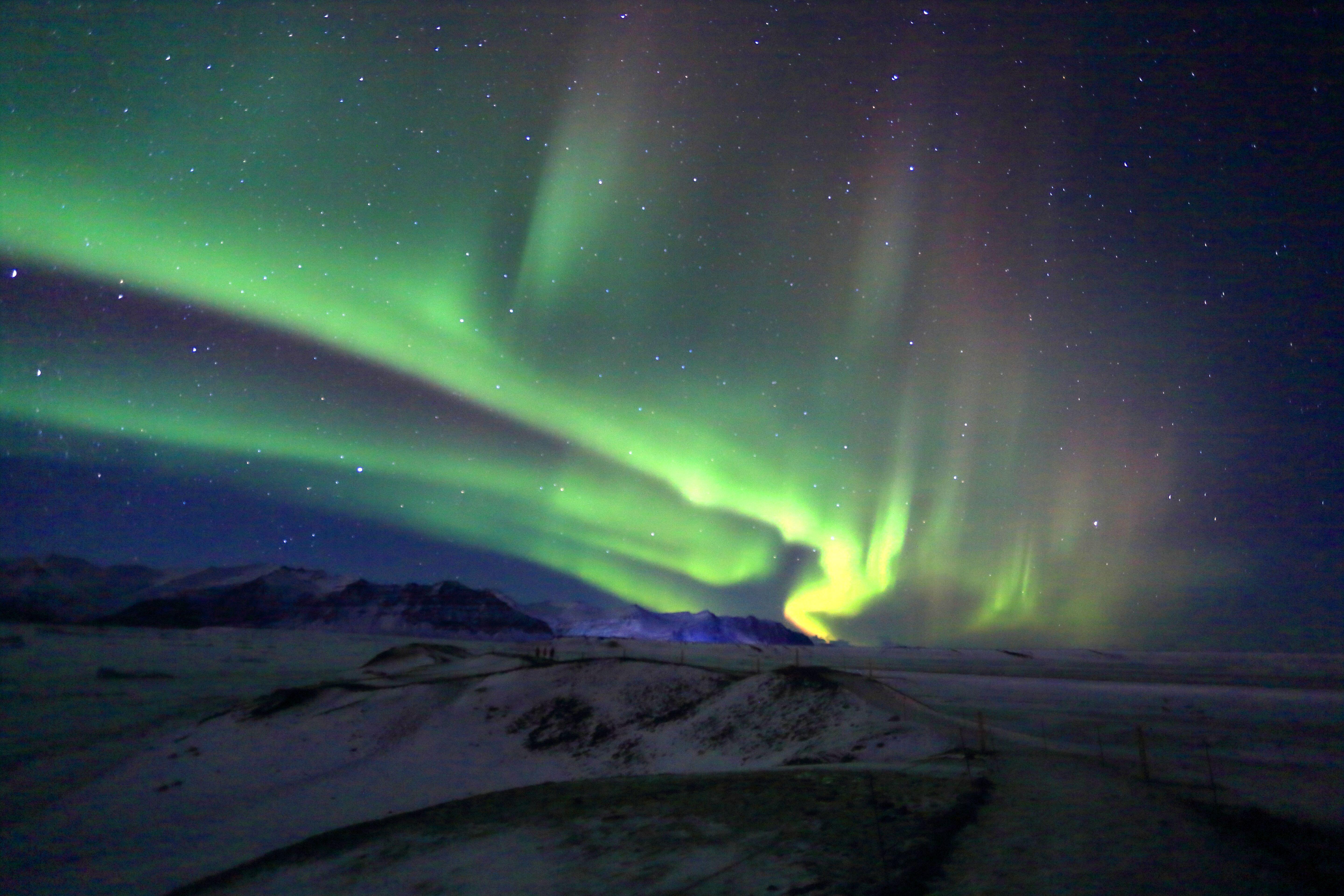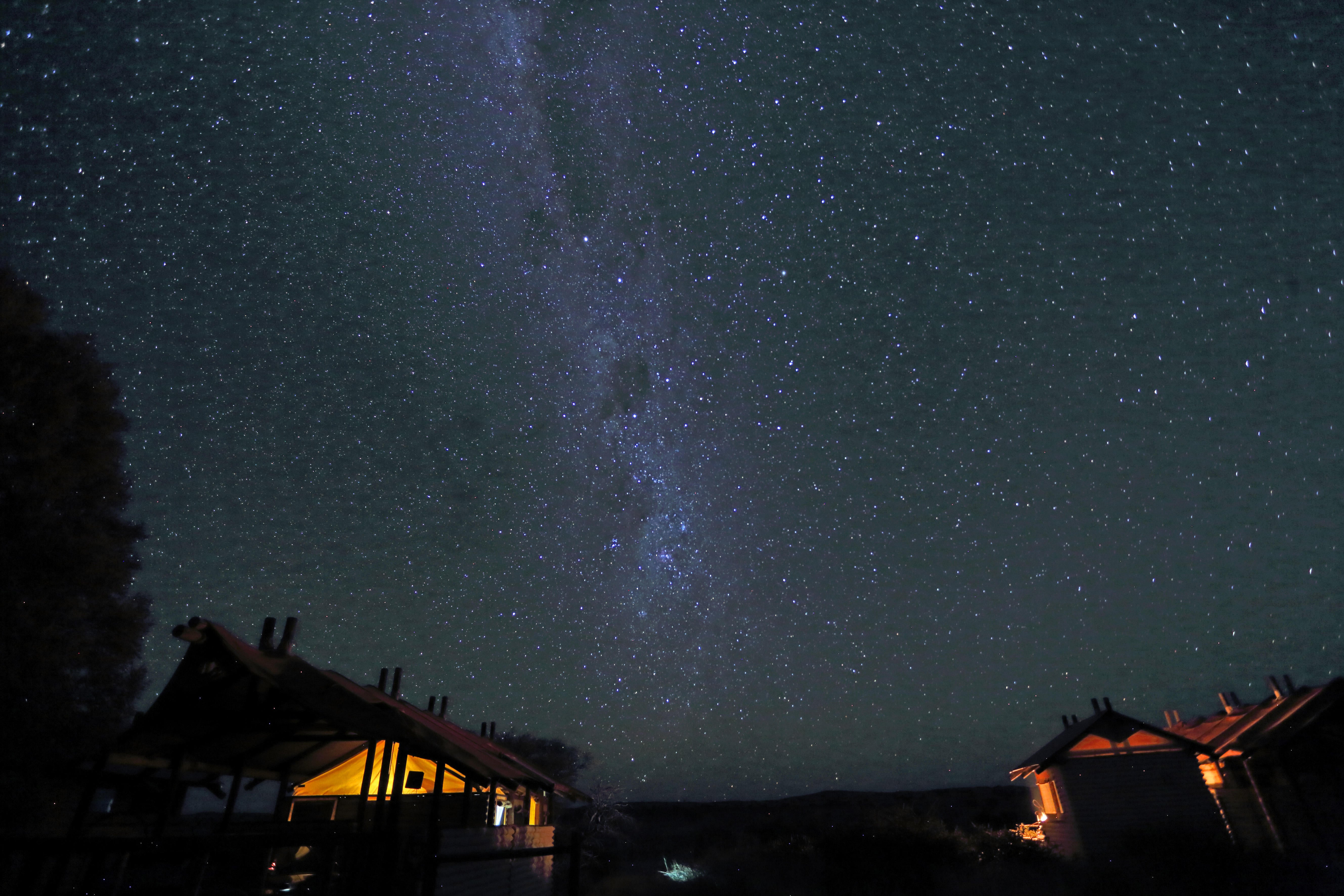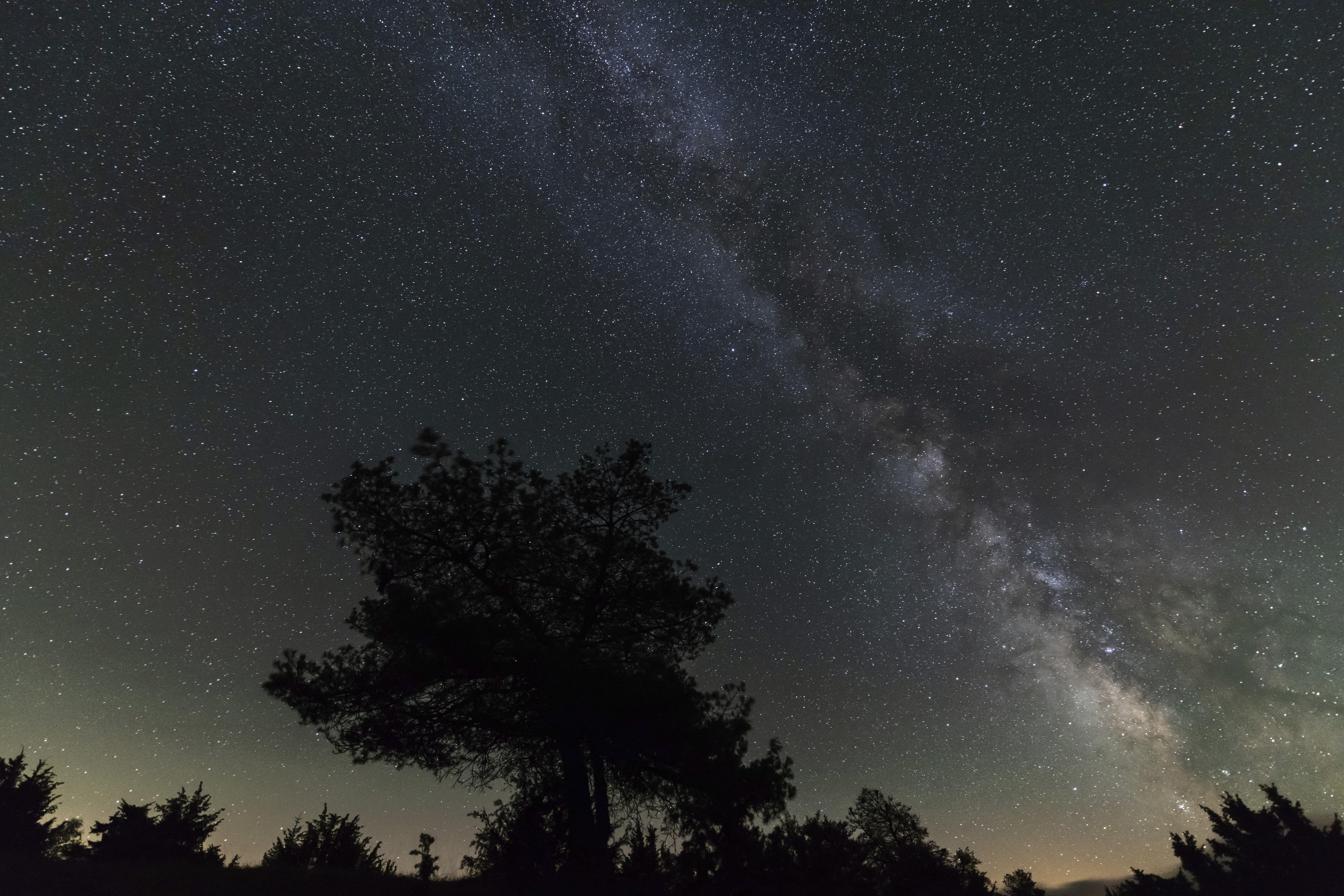Noctourism: The five best holidays for stargazers next year
It’s time to rediscover darkness

Your support helps us to tell the story
From reproductive rights to climate change to Big Tech, The Independent is on the ground when the story is developing. Whether it's investigating the financials of Elon Musk's pro-Trump PAC or producing our latest documentary, 'The A Word', which shines a light on the American women fighting for reproductive rights, we know how important it is to parse out the facts from the messaging.
At such a critical moment in US history, we need reporters on the ground. Your donation allows us to keep sending journalists to speak to both sides of the story.
The Independent is trusted by Americans across the entire political spectrum. And unlike many other quality news outlets, we choose not to lock Americans out of our reporting and analysis with paywalls. We believe quality journalism should be available to everyone, paid for by those who can afford it.
Your support makes all the difference.Gazing up at the stars always feels particular special, but have you ever thought about magnifying this feeling by planning a whole holiday around it?
Booking.com said searches for accommodation in Tromso, Norway more than doubled in the three months to the end of October compared with the same period last year.
The travel company has attributed this rise in popularity to ‘noctourism’ – short for nocturnal tourism – where people are seeking holidays that include experiences after the sky turns dark.
More and more people are rushing to Norway in the hope of seeing the Northern Lights, but what other countries are offering equally breathtaking nighttime experiences?
Rediscover darkness at one of the following five fabulous locations…
1. Bryce Canyon National Park, USA

Passionate stargazers from across the globe flock to Bryce Canyon National Park in Utah, USA every year in the hope of getting a glimpse of one of its dazzling star displays.
The sprawling reserve is renowned for its crimson-coloured spire-shaped rock formations and achieved its impressive gold tier International Dark Sky Park status in 2019.
Its high elevation, clean air and remote location allows the cosmic displays to really shine.
This breathtaking park is open 24 hours a day and the best time of year to go is between June and August.
Astrophiles can view the mesmerising magic from one of the park’s iconic viewpoints (Sunrise Point, Inspiration Point, Whiteman Bench Picnic Area and Yovimpa Point) or attend a full moon hike in a group.
2. Jökulsárlón Glacier Lagoon, Iceland

If you are yet to tick the Northern Lights off your bucket list, then book a flight to Iceland and venture down to the Jökulsárlón Glacier Lagoon at the Vatnajökull National Park.
This special lagoon is a honeypot for photographers as the magnificent red, green, blue and purple auroras reflect against the water and the ice.
The best chance of seeing this incredible light phenomenon dance through the sky is between 9pm and 3am from early September until mid-April.
The drive from Reykjavík to Jökulsárlón Glacier Lagoon takes around five to six hours, but you can stop at other attractions along the way such as the Mýrdalsjökull Glacier and Reynisfjara Black Sand Beach.
3. Kgalagadi Transfrontier Park, South Africa

By day, visitors are laser-focused on the ground of Kgalagadi Transfrontier Park to spot their favourite safari animals, but by night all attention rises to its spectacular skies.
Its off-grid location provides an ideal still environment for astronomy to sparkle.
The !Ae !Hai Heritage Park, which was declared an International Dark Sky Sanctuary in 2019, is also only a short drive away so is another must-visit for astrology enthusiasts to add their itineraries.
If you go during the dry season you will be rewarded with some pristine night skies on a clear night.
Glamping and luxurious lodges are becoming increasingly popular options for tourists looking to enjoy this unique South African experience in style.
4. De Boschplaat, The Netherlands

De Boschplaat is a charming nature reserve located on the eastern side of the Dutch island Terschelling, and has been designated as a Dark Sky Park since 2015.
The skies tend to be clearer during the winter, spring or autumn seasons here, so there is ample time to book your next Dutch stargazing adventure.
Remember to bring your binoculars to observe the stars in all their glory at one of the eight designated stargazing spots dotted around the 40 square kilometre area.
This serene location offers the perfect opportunity to enjoy some peace and quiet while marvelling at celestial wonders.
5. Cévennes National Park, France

A magical night hike in the largest international Dark Sky Reserve in Europe is sure to reignite all your senses.
The symphonies of nocturnal creatures accompanies the entrancing constellations and Milky Way displays at the unspoilt Cévennes National Park in the south of France.
Admire panoramic views of the constellations with a healthy dose of fresh air from the summit of Mont Lozère, or enjoy a night under the stars from the comfort of a luxurious private dome.
The park is particularly busy with late-night visitors during the summer period when conditions are drier.